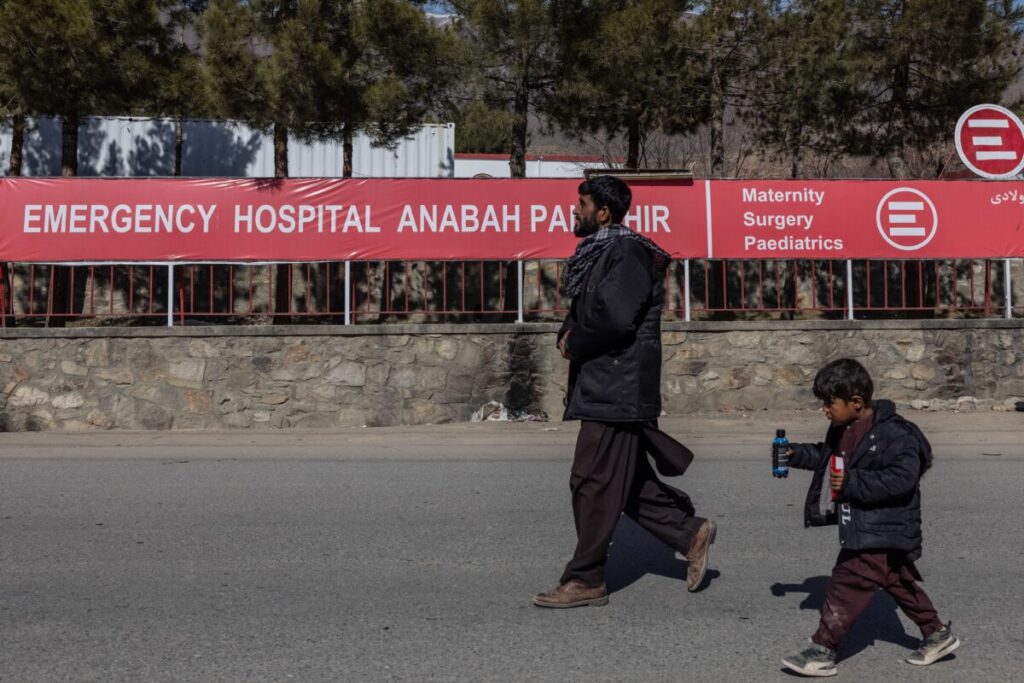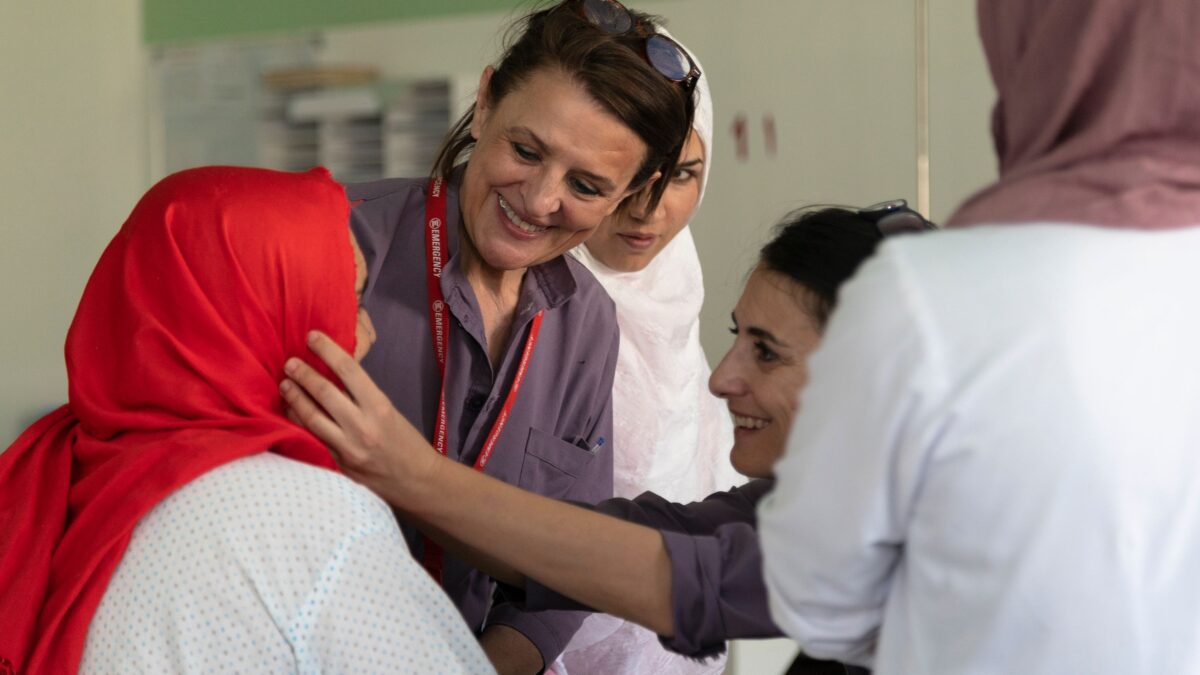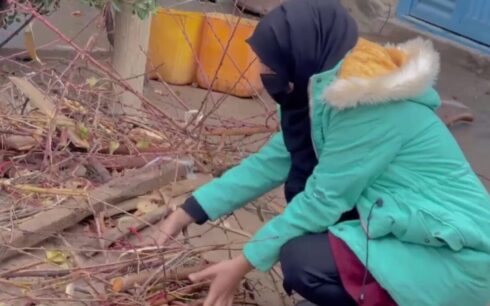KABUL, Afghanistan — As Afghanistan continues to grapple with a worsening humanitarian crisis, Dejan Panic, Country Director for EMERGENCY, has underscored the urgent need for sustainable projects to meet the growing needs of the Afghan population.
Amid widespread poverty and food insecurity, the international NGO said it remains a critical provider of healthcare services across the country, adapting its operations to address both immediate and long-term challenges.
Operating three hospitals, a Maternity Centre, and over 40 First Aid Posts and Primary Healthcare Centres, EMERGENCY has been a lifeline for many Afghans. With a team of more than 1,600 local staff and 40 international colleagues, the organization is focused on evolving its services to meet the changing needs of the population.
Responding to a nation in crisis
Since the Taliban’s return to power, living conditions in Afghanistan have deteriorated dramatically. The latest data shows that 23.7 million people are in need of humanitarian assistance, with 12.4 million facing severe food insecurity. Nearly half of the population, around 48%, now lives below the poverty line.
“Afghanistan needs projects that are sustainable and meet the needs of the population,” Panic emphasized. He highlighted the importance of investing in local talent, particularly through the training of medical professionals who will play a crucial role in rebuilding the country’s healthcare system. “We are investing in surgical skills, through the training of professionals who, once they graduate from our specialisation programmes, will contribute to the Afghan health system, and in the training of new generations of medical personnel,” Panic added.

Shifting healthcare needs
In Kabul, EMERGENCY’s Surgical Centre for War Victims remains a key facility for those in need of urgent surgery. Although the number of patients has decreased since the peak of the conflict, the hospital continues to treat a significant number of war-wounded individuals. “In the first six months of the year, around 70% of the patients operated on in our hospital in the capital are considered to be war-wounded,” Panic noted. These injuries often result from family disputes, crime, explosive attacks, and shootings.
Recognizing the changing healthcare needs in the country, EMERGENCY has expanded its focus beyond war injuries. The organization is now addressing other urgent medical issues, such as road accident victims and pregnant women in critical condition. To better serve these needs, five of EMERGENCY’s First Aid Posts in southern Afghanistan have been converted into comprehensive Primary Healthcare Centres (PHCs), providing a broader range of medical services to local populations, particularly in remote areas with limited access to healthcare.
“This is a vital service, especially in remote areas of Helmand, where villages are far from the cities,” Panic explained. “Reaching a hospital can be very complicated. 70% of the Afghan population lives in rural areas and even when they reach local hospitals, there are often no doctors and medicines available.”
Investing in the future of Afghan healthcare
Training and education are central to EMERGENCY’s mission. The organization is committed to building a sustainable healthcare system in Afghanistan by equipping local medical professionals with the necessary skills and knowledge. This year, EMERGENCY has invested in pre-operative diagnostics and the training of biomedical technicians, who can maintain essential medical devices such as CT scanners.
The impact of EMERGENCY’s work is evident: in the first six months of 2024 alone, the organization’s facilities in Kabul, Lashkar-Gah, and Anabah conducted over 67,000 outpatient consultations and performed more than 7,000 surgeries. Additionally, more than 3,500 babies were born at the Maternity Centre in Anabah, Panjshir province.
Facing immense challenges
Despite these efforts, the challenges in Afghanistan remain daunting. The ongoing economic crisis, exacerbated by the effects of climate change, has left millions of Afghans struggling with food insecurity. “People have no money to pay for food; often their only full meal is in the hospital when they are admitted,” said Keren Picucci, a gynecologist at EMERGENCY’s Maternity Centre in Anabah. Picucci highlighted the case of Najila, a 26-year-old woman from a village outside Kabul who traveled to the center to give birth to quadruplets. “If she had not come to us, she would have had to give birth at home, with many risks for her and the babies,” Picucci said.
The road ahead
As Afghanistan faces some of its darkest days, EMERGENCY remains committed to improving the lives of the Afghan people. Currently, 36 trainees are enrolled in EMERGENCY’s residency programs, which are recognized by the Ministry of Health and offer specializations in surgery, traumatology, gynecology, obstetrics, pediatrics, and anesthesia.
“We must, after 40 years of war, try to improve living conditions for the Afghan people,” Panic emphasized. “That is why it is crucial to continue investing in people—both colleagues and patients—who play a key role in their communities.”
As the third anniversary of the Taliban’s takeover approaches, the situation in Afghanistan remains dire. Yet, EMERGENCY’s ongoing efforts to provide healthcare and train local professionals offer a glimmer of hope in an otherwise challenging landscape.





